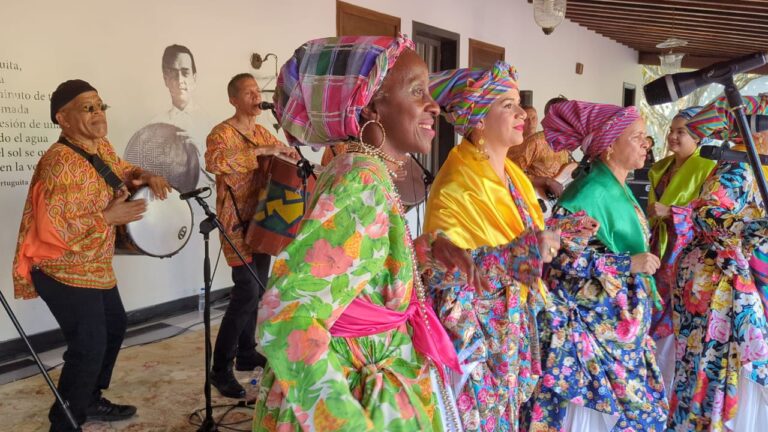Calipso: The Pulse of Resistance and Rhythm Across Afro-Caribbean Culture

Photo: Web
July 3, 2025 Hour: 3:00 pm
More than just festive music, calipso remains a living testimony of Afro-descendant creativity, resistance, and memory. With roots in the Caribbean’s colonial past, this genre—shaped by African rhythms and layered with political expression—has evolved into a voice for communities long silenced.
Originating in Trinidad and Tobago, calipso became a tool of communication among enslaved African peoples, a way to circumvent the language barriers imposed by their captors and later to denounce oppression through coded lyrics. Over time, the genre expanded beyond borders, giving rise to variants in Venezuela (El Callao), Colombia (San Andrés), and Costa Rica (Limón).
Central to its instrumentation are the steel drums, an emblem of resilience. These were born of necessity when enslaved peoples crafted instruments from oil barrels, transforming objects of colonial extraction into vessels of cultural expression.
As the genre grew, so too did its musical palette. Modern calipso ensembles incorporate Spanish guitar, trumpets, saxophones, bongos, and maracas, all while preserving the central heartbeat of African percussion.
“The soul of calipso lies in its stories,” says cultural historian Luisa Moreno. “Each verse carries a testimony—from the everyday joys of life to sharp critiques of exploitation and inequality.”
Its impact goes beyond music. Calipso helped shape national identity projects throughout the Caribbean and Latin America, with carnivals and street festivals becoming stages for both celebration and protest.
As teleSUR has reported from El Callao in Venezuela, calipso there is more than performance—it’s a ritual of memory and resistance, upheld by Afro-descendant communities whose ancestors mined gold in harsh conditions, yet left behind a musical legacy that glitters just as brightly.
Beyond culture, calipso also reaches science and myth. The name was borrowed by NASA and CNES to name their CALIPSO satellite, launched to study Earth’s atmosphere—a nod, perhaps, to the expansive reach of a name rooted in oral history.
In Greek mythology, Calipso was the nymph who offered refuge and love to the shipwrecked Odysseus on the island of Ogigia, before being forced by the gods to let him go. This mythic resonance underlines how names and stories migrate, echoing the journey of calipso itself—from island coasts to the world’s consciousness.
Author: OSG






